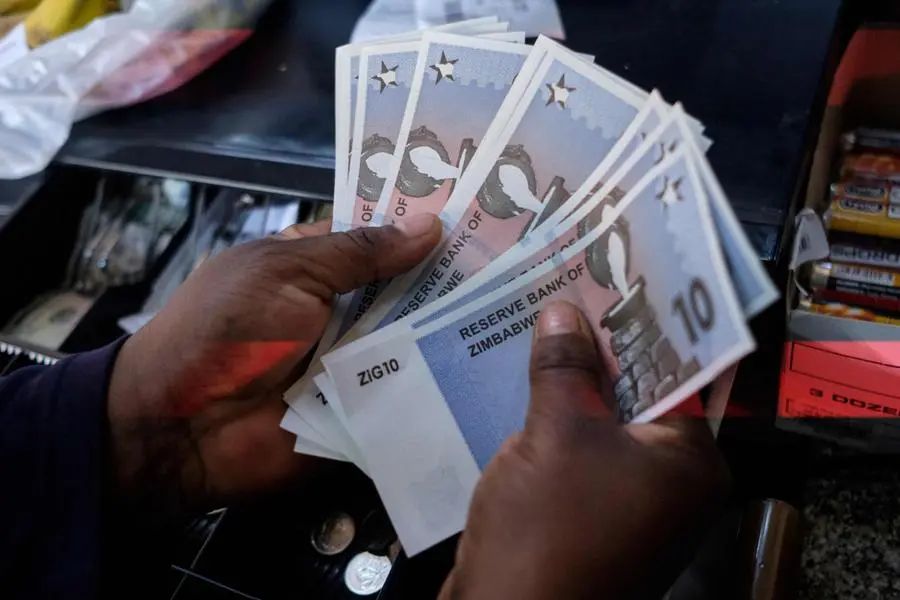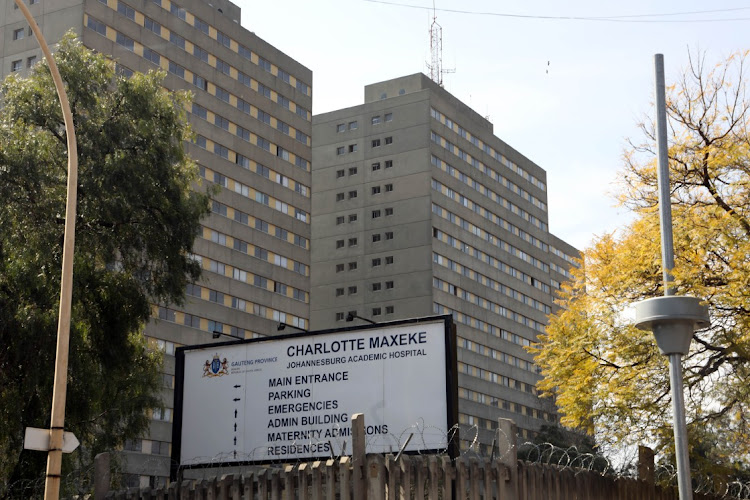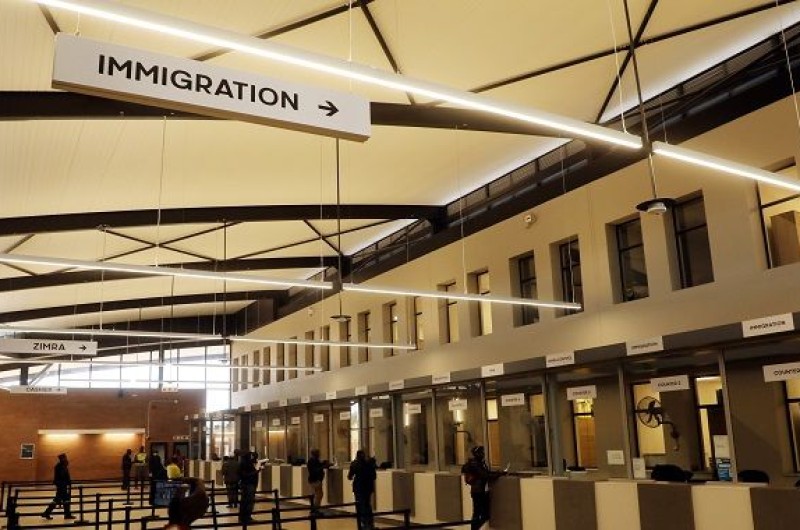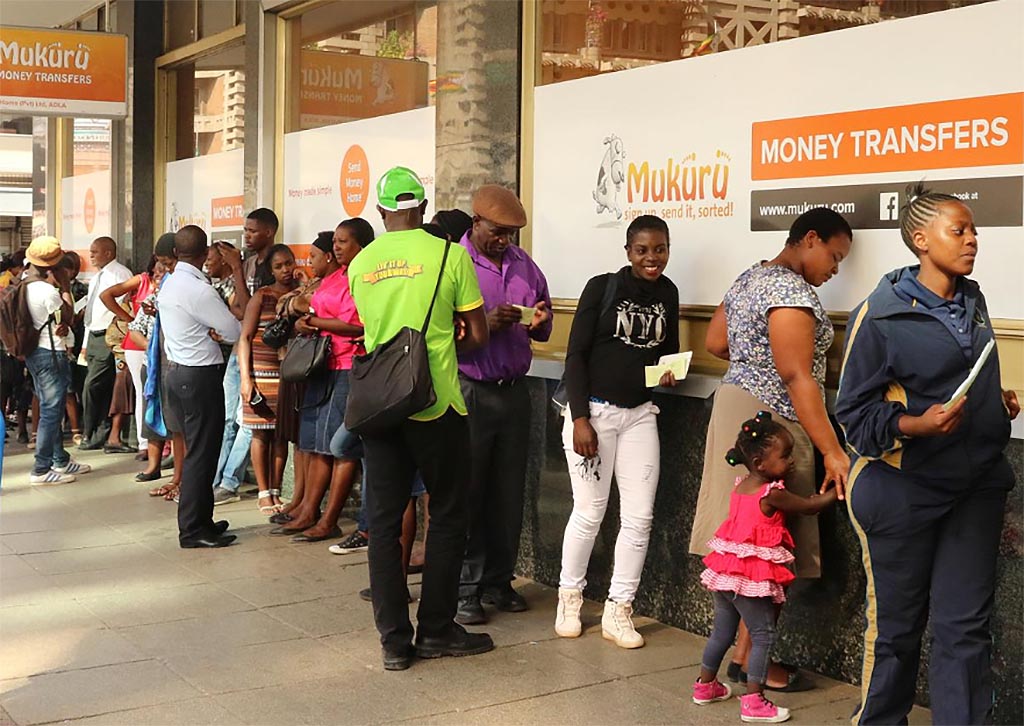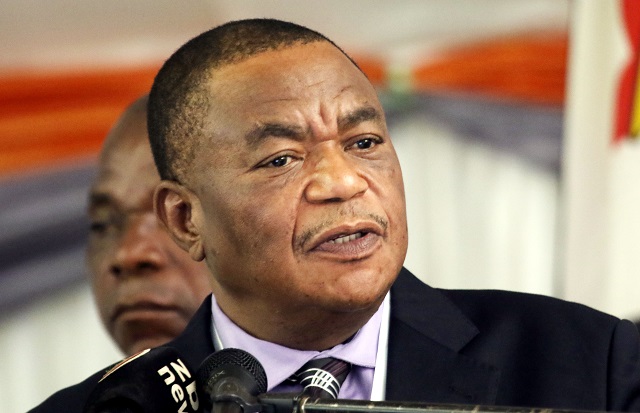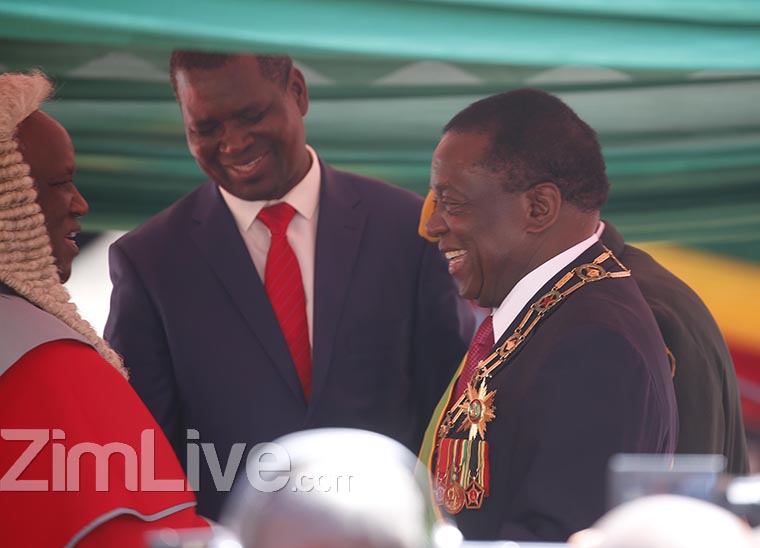HARARE – Zimbabwe’s leading retailers warned on Monday that they could be forced to shut down over exchange rate distortions and tough enforcement measures by the central bank.
The retailers including TM Pick n Pay, OK, Halsteads, Electrosales, Edgars and Metro Peach said while manufacturers were using variable exchange rates, the Reserve Bank of Zimbabwe was forcing them to use the official exchange rate based on the banking system’s willing buyer – willing seller (WBWS) system.
The current WBWS exchange rate is US$1 : ZiG14.8, but the retailers say manufacturers are using parallel market rates of up to ZiG31 in some cases.
“Suppliers of goods and services into the formal retail sector are now maintaining two tier price lists for local currency and another for foreign currency – whose implied rates are way higher than the obtaining official exchange rate… Our suppliers have expressed concern that they are faced with an acute foreign currency shortage and excessive volatility of ZiG exchange rates on the parallel/alternative market which has now become the basis of their pricing framework,” the companies said in a statement issued by the Retailers Association of Zimbabwe.
The retailers said under the circumstances, being compelled by the central bank to use the official exchange rate to price their goods had caused them “massive losses.”
In their attempts to lessen the impact, retailers “have had to make steep USD price increases to generate revenues at the WBWS exchange rate that would be commensurate with suppliers’ unit selling price into retail.”
They added: “This inevitably leads to real USD inflation creep along with many other economic and social ills as consumers shun formal retailers in favour of informal channels.”
The retailers said the situation was “clearly untenable and will lead to company closures if authorities do not intervene with policy measures to protect the formal retail sector.”
They proposed letting the ZiG float freely to allow a “market determined exchange rate.”
“Implementing a pricing model that reflects real-time market exchange rate fluctuations can help us remain competitive while managing costs,” the companies said.
In order to attract payments in foreign currency, the retailers also want to be permitted to offer discounts for customers buying in forex.
“This keeps the official exchange rate constant while formal retailers offer differentiated discounted pricing by product to reduce inflationary impacts in USD terms, incentivise purchases and stimulate demand,” they said.
The retailers are also proposing that the Reserve Bank of Zimbabwe’s financial intelligence unit which has been enforcing the pricing measures should review its role “from monitoring and punishment” to “purely monitoring and advisory.”
Five months after its launch, Zimbabwe’s new currency is under pressure as increased grain imports eat away at foreign reserves, putting at risk the government’s plan to make it the only currency in the market by 2026.
The gold-backed ZiG, which stands for Zimbabwe Gold, is the country’s sixth attempt at a stable currency in 15 years. It was introduced in April at a rate of 13.6 ZiG per U.S. dollar and has since lost almost 80 percent of its value on the black market.
The central bank last Thursday said it had injected US$64 million into the foreign exchange market this month to address dollar demand after an injection of US$50 million in July.
Persistence Gwanyanya, a member of the Reserve Bank of Zimbabwe’s Monetary Policy Committee, said although uptake had been slow, it was too soon to consider the new currency a failure.

